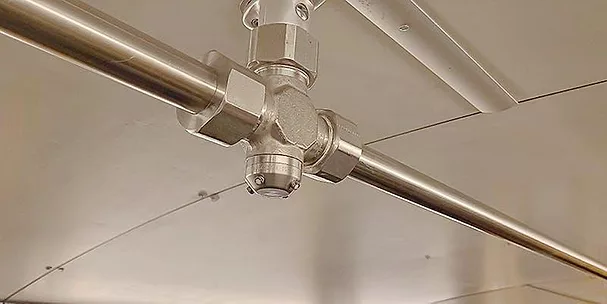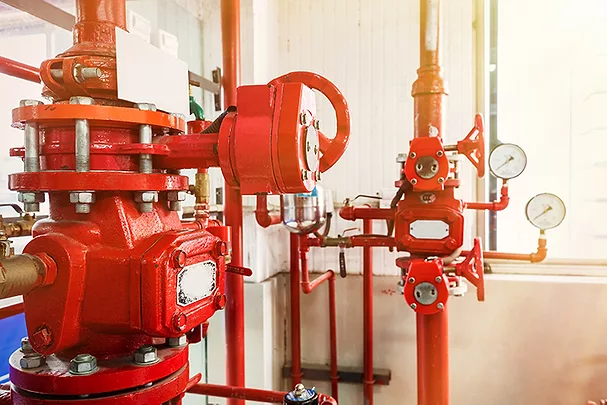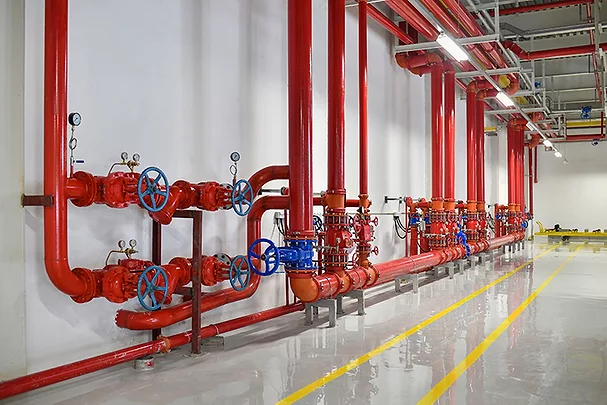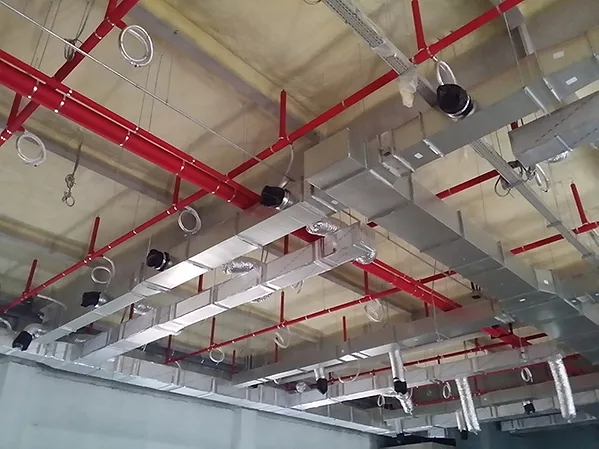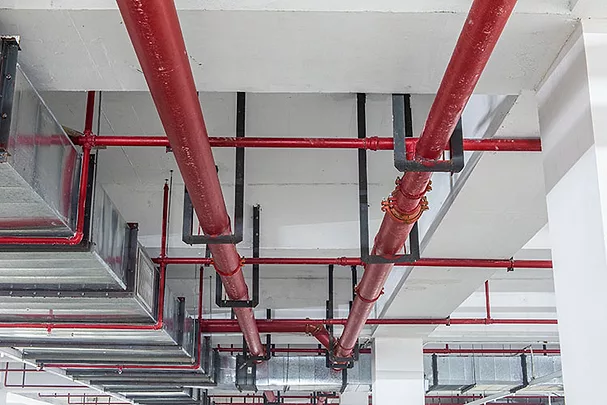Fire Protection , How To
FPE Corner
They have numerous benefits to justify their use in many applications.
Read More
FPE Corner
Small Change, Big Impact
Open discussions can manage project costs and produce the best
product for the clients.
Read More
FPE Corner
Understanding Protection Requirements for Fire Pump Rooms
Following planning and design best practices can enhance fire pump systems’ reliability, resilience and effectiveness.
Read More
Feature
Understanding Challenges in Specifying ACVs in Fire Suppression Systems
Pilot-operated automatic control valves, friction loss and redundancy.
Read More
FPE Corner
What Is a Floor Control Valve Assembly?
Often it is used to allow responders to isolate a portion of the fire sprinkler system should an activation or failure occur.
Read More
FPE Corner
Key Concepts for Fire Sprinklers in Storage Occupancies
Modifications or development of new systems should not be commenced without understanding the impact on layout and installation.
Read More
FPE Corner
Delegated Design in Fire Protection Engineering, Part 2
A professional panel discusses their experiences of design delegation, the pitfalls that sometimes occur and how to avoid future complications.
Read More
FPE Corner
Understanding Sprinkler Piping Arrangements
Tree, looped and gridded layouts can be connected to meet complex architectural features or to help with existing building expansions.
Read More
FPE Corner
Winterizing Fire Sprinkler Systems
An annual procedure can aid in keeping this life-safety system functioning as intended and ready should a fire incident occur.
Read More
FPE Corner
The Art and Science Behind the Design Basis Water Supply
This foundational step in the design process is crucial, paving the way for an effective, responsive and dependable fire protection system.
Read More
